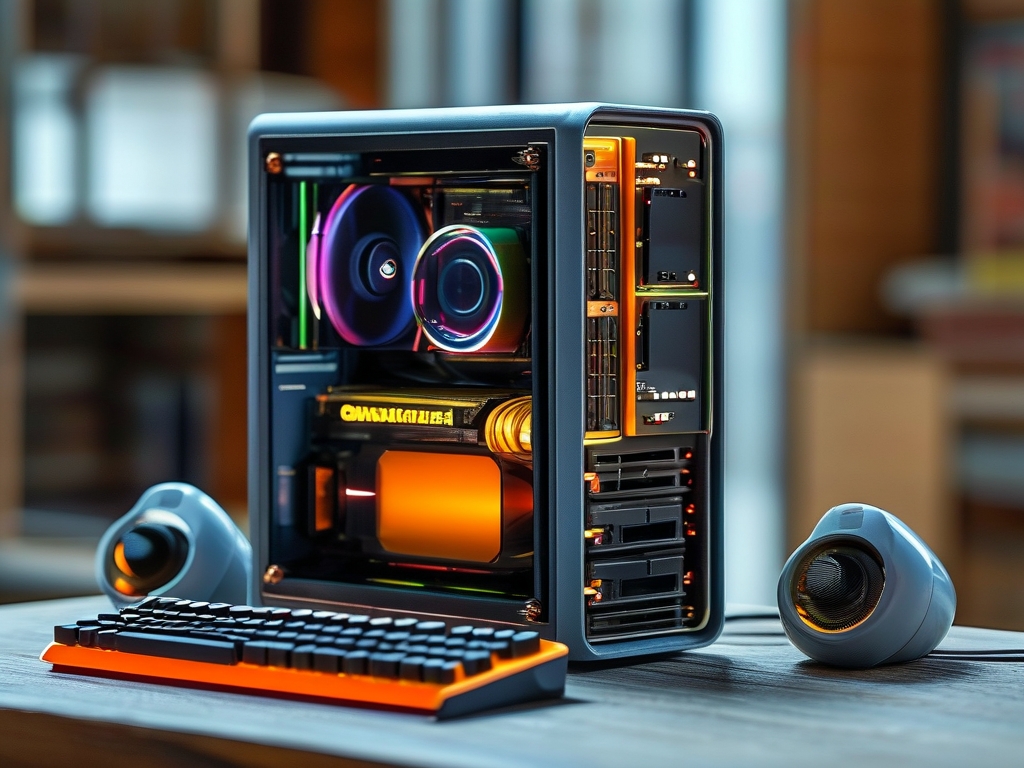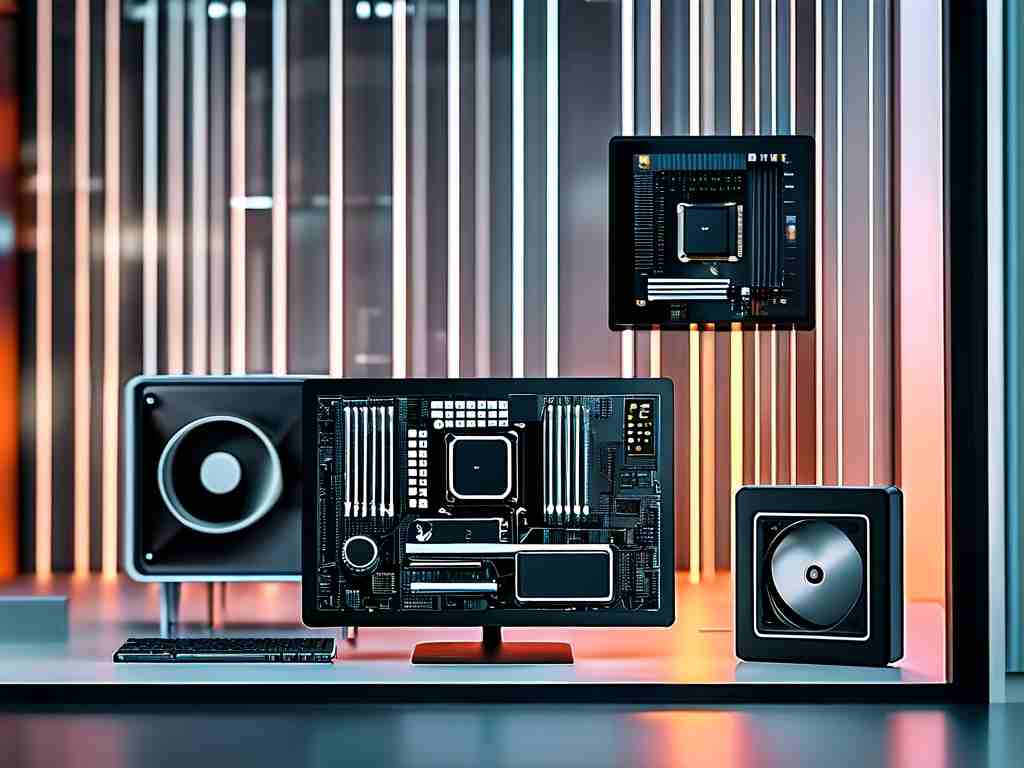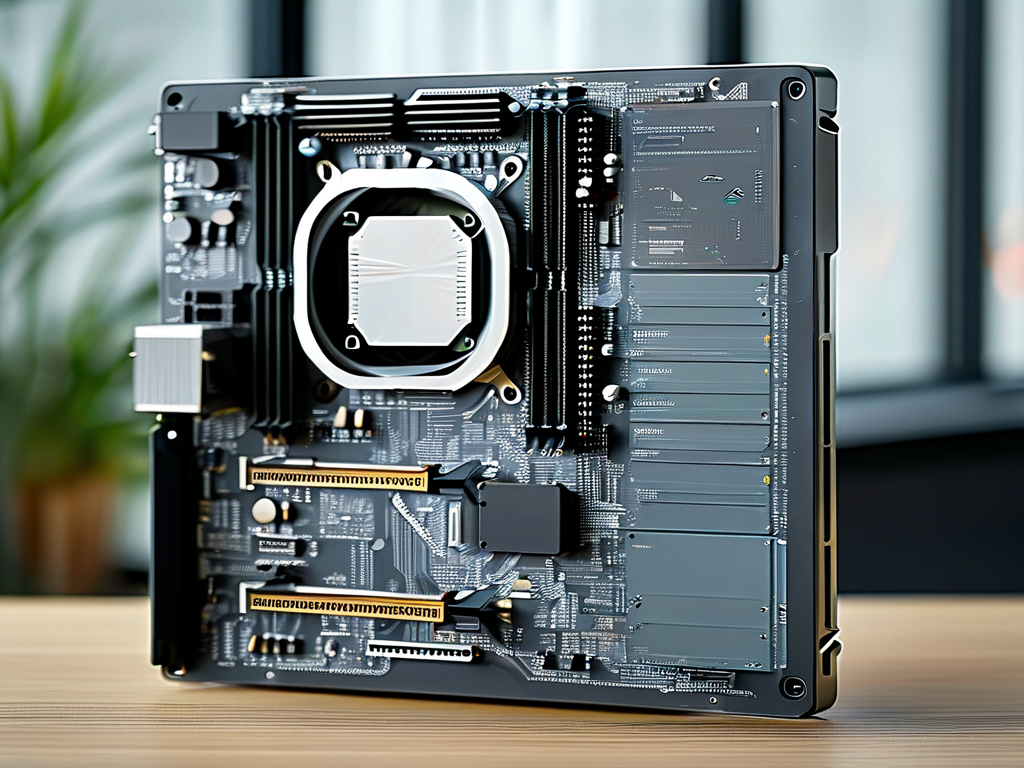Embedded systems form the backbone of modern technological advancements, powering everything from smart home devices to industrial automation. At the heart of these systems lies embedded peripheral development, a critical process that ensures seamless interaction between microcontrollers, sensors, actuators, and communication modules. This article explores the key methodologies, challenges, and best practices in designing robust embedded peripheral solutions.

1. Understanding Embedded Peripheral Development
Embedded peripherals are hardware components interfaced with a microcontroller or system-on-chip (SoC) to extend functionality. Examples include analog-to-digital converters (ADCs), timers, UART modules, and wireless communication chips like Bluetooth or Wi-Fi. Developing these peripherals requires a deep understanding of hardware-software co-design, real-time operation, and power efficiency.
A successful development strategy begins with requirements analysis. Engineers must identify the target application's needs-such as latency thresholds, data throughput, and power constraints-to select appropriate peripherals. For instance, a medical wearable might prioritize low-power sensors, while an industrial robot demands high-speed motor controllers.
2. Hardware-Software Co-Design
The integration of hardware and firmware is pivotal in embedded peripheral development. Hardware designers must collaborate closely with software engineers to optimize performance. Key considerations include:
- Register-Level Programming: Direct manipulation of microcontroller registers to configure peripherals.
- Driver Development: Creating abstraction layers to simplify peripheral control for application software.
- Interrupt Handling: Designing efficient interrupt service routines (ISRs) to manage real-time events.
Tools like SPI, I2C, and UART protocols facilitate communication between peripherals and the main processor. For example, SPI's full-duplex communication is ideal for high-speed data transfer in displays, while I2C's multi-master support suits sensor networks.
3. Challenges in Peripheral Integration
Compatibility Issues: Mixing peripherals from different vendors often leads to protocol mismatches. A sensor using a non-standard I2C variant might require custom firmware patches. Power Management: Battery-operated devices demand peripherals with sleep modes and dynamic voltage scaling. Techniques like clock gating and peripheral auto-shutdown reduce energy consumption. Real-Time Constraints: Applications like automotive control systems require deterministic response times. Engineers use real-time operating systems (RTOS) or bare-metal programming to meet deadlines.
Case Study: A smart thermostat project faced overheating due to inefficient ADC sampling. By switching to a hardware-triggered ADC with DMA (Direct Memory Access), the team reduced CPU overhead by 40% and improved thermal performance.
4. Testing and Validation
Rigorous testing ensures reliability. Key steps include:
- Unit Testing: Validating individual peripheral drivers using hardware-in-loop (HIL) simulators.
- Integration Testing: Assessing peripheral interactions under stress conditions (e.g., EMI, temperature extremes).
- Power Profiling: Measuring current draw with tools like JTAG debuggers to optimize energy usage.
Automated test frameworks, such as Robot Framework or Ceedling, streamline regression testing. For safety-critical systems (e.g., medical devices), compliance with standards like ISO 26262 or IEC 62304 is mandatory.
5. Future Trends
- AI-Driven Peripherals: On-device machine learning accelerators enable edge AI applications.
- Heterogeneous Integration: Combining analog, digital, and RF peripherals on a single chip reduces footprint.
- Security Enhancements: Hardware-based Trusted Execution Environments (TEEs) protect sensitive data in IoT devices.
Embedded peripheral development is a multidisciplinary endeavor blending hardware innovation, firmware optimization, and system-level thinking. By adopting modular design principles, leveraging advanced tools, and anticipating emerging trends, engineers can deliver solutions that push the boundaries of efficiency and functionality. As the demand for smarter, connected devices grows, mastering peripheral development will remain a cornerstone of embedded systems engineering.









